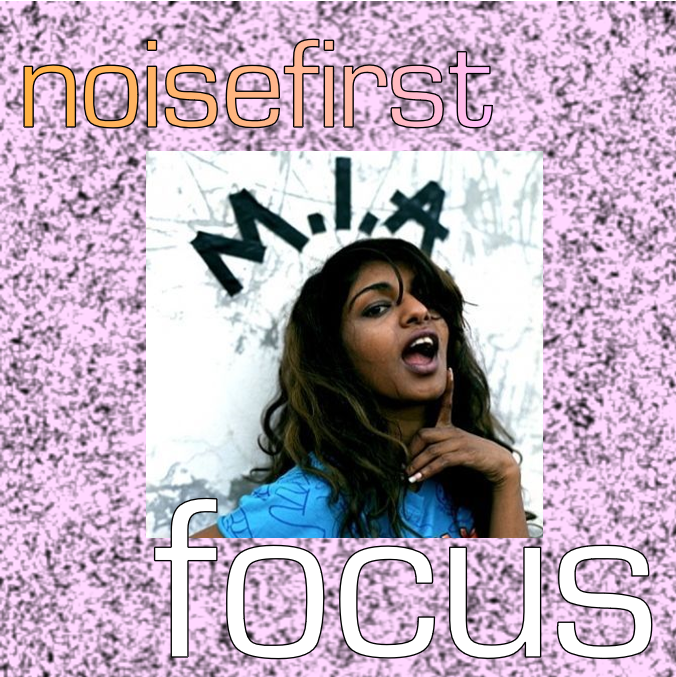Last Updated on 02/10/2020

So, you want to listen to some music? First, you connect to your headphones or speaker because, let us be honest, no self-respecting music aficionado listens through their phone’s speaker. Next, you open up your music platform of choice and are presented with a gargantuan selection of sounds from past and present. Before you know it, you’re tapping to the beat and your head’s bobbing as the music courses through your veins. The tap then becomes a dance and all of sudden you’re singing at full belt without a care in the world, as if you’re Aretha Franklin in her prime. The music has taken over and you’re a slave to the infectious rhythms and sound frequencies entering the flappy things either side of our head. But what if those flappy things don’t work as mother nature intended?
This is the case for one in six people in the UK.
People who are deaf cannot hear sounds in the same sense as those who are not hard of hearing, but this does not prevent them from enjoying music. Deaf people are able to feel the vibrations produced by music in a way more sensitive than most hearing individuals can. Rather than sound waves entering the ear, the sound is felt through the body’s sense of touch. Subsequently, it is often found that the deaf community enjoys hard bass beats with a bit more ‘oomph’ to provide intense sensations.
These intense vibrations are hard to come by when music is playing through your average in-ear headphones. Therefore, the deaf community are forced to be more creative with their music mediums. By standing bare foot, holding a balloon, sound wave vibrations can be escalated. In some specialised clubs, heavy bass beats are pumped into a suspended wooden floor, letting the vibrations flow through the body from toe to head. Music becomes a tenacious full body ordeal: a sensory indulgence that is often overlooked by those who hear freely.
Although it may be easy to presume creating music is impossible for the hard of hearing, with enough exposure, practice, and dedication – just as for any musician – the task becomes attainable. Percussionist Evelyn Glennie, after becoming profoundly deaf aged just 12, taught herself to differentiate between the vibrations of kettledrums. She began with notes three semitones apart, then worked down to two semitones apart until she could distinguish between even a C and a C#. Glennie’s Ted Talk, “How to truly listen” , provides a fascinating insight into deaf sounds. In a similar manner, singer-songwriter Mandy Harvey trained herself to sing using the aid of visual tuners, finding the perfect pitch, before coming 4th on America’s Got Talent. An outstanding accomplishment for any musician, let alone someone who cannot even hear their own voice!
Nonetheless, you might argue that these musicians have hardly impacted the world of music. Without detracting from their incredible dedication and devotion to the trade, you are likely correct; they are not world-renowned musicians. However, let me tell you a story about Ludwig Van Beethoven, who surely needs no introduction. Beethoven began going deaf around age twenty-seven, and eventually became profoundly deaf. Consequently, this caused substantial mental health issues. Devastated and embarrassed, he nearly pulled the plug on an already wondrous career in classical music composition. Yet, the man gritted his teeth – quite literally around a pencil which he would rest on the piano to feel vibrations – and after much frustration produced some of his best works: “Moonlight Sonata”, “Ninth Symphony”, and the five string quartets. The story famously follows that at the premiere of his Ninth Symphony, engrossed in composing, Beethoven was unable to hear the thunderous standing ovation behind him. He was completely oblivious until one of his performers turned him round to face the crowd. In that moment, he felt the world.

Of course, Beethoven didn’t live in our modern world with the advanced technology at his disposal that could have revived his defective ears. The deaf community now have access to a host of hearing aids and implants that help to offset the effects of hearing loss. If someone still has some hearing capability left, a hearing aid can help amplify the normal hearing range of sounds to the level of their deafness. Even so, while hearing aids are a useful remedy for many, they provide no amplification to a profoundly deaf ear; implants are required. An implant converts sound frequencies to electrical signals which feed directly to the auditory nerve, bypassing the impaired part of the ear, which the brain then interprets as sound. Even though this data stream is very different compared to a functioning ear, the brain has a phenomenal ability to detect patterns and is able decipher these unfamiliar signals. The transformative ability of an implant is extraordinary. Not only do they allow the profoundly deaf to hear again, implants are also capable of connecting directly to phones, allowing music to be played directly into the brain without any sound even being produced. The ability to hear is an immense privilege which many of us often do not give a second thought. Taking time to appreciate the wonderful phenomenon of sound will change our perception of how we connect with music. There are many lessons we can learn from the deaf community to make sound a full body experience. Truly feeling the music as vibrational sound waves running through your body will engage a wider system of neurons in your brain. As your senses overload, your brain activity skyrockets creating a new, deeper, connection to the music we love. Opening up this novel dimension of connectivity with sound expands our interaction with the world around us, bringing us closer to the music we listen to, and thereby closer to one another.
Listen to our playlist below for a selection of the music discussed – from that created by deaf musicians to those that are bangers that anyone can enjoy.


